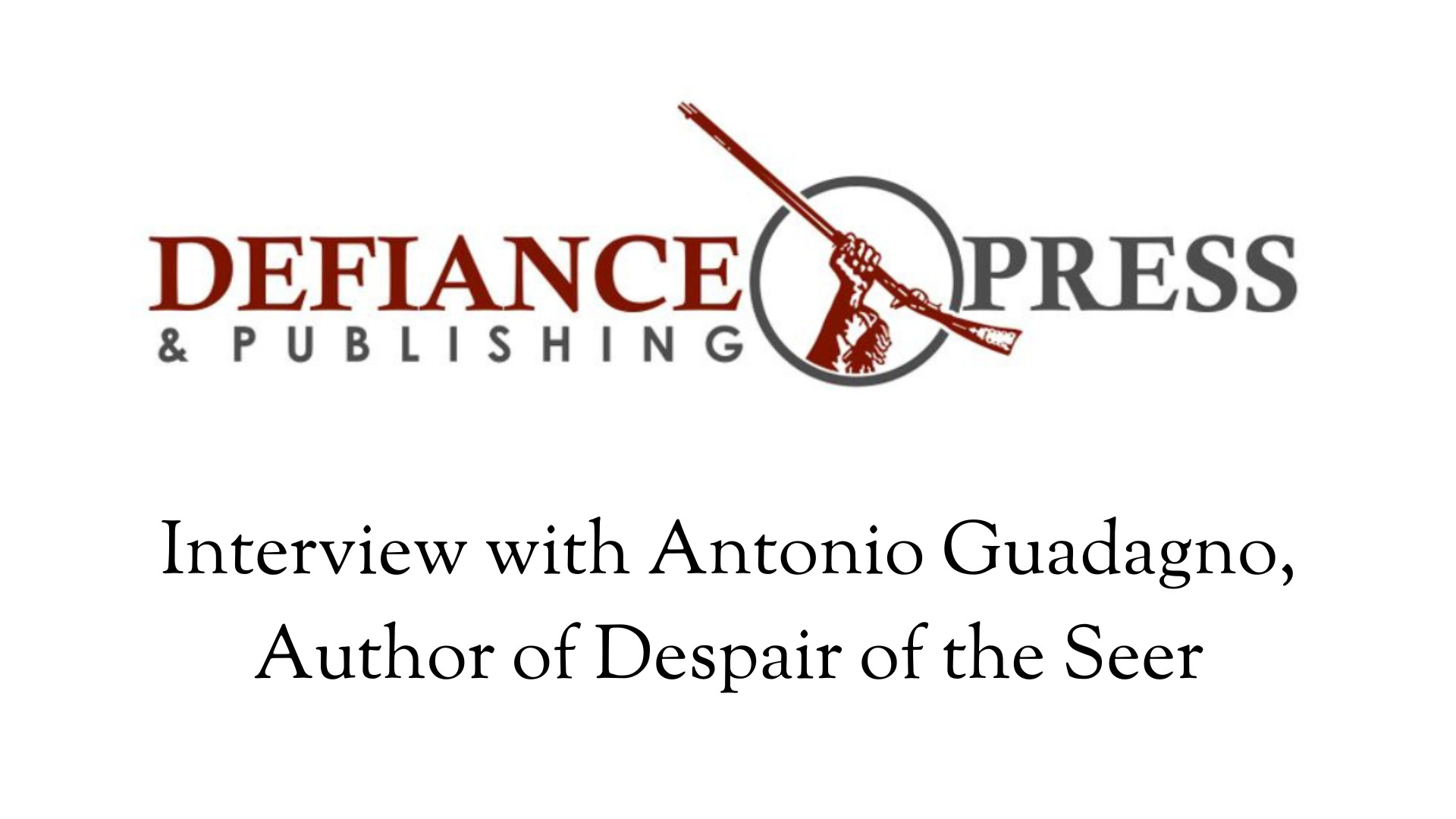
Defiance Press & Publishing is committed to promoting high-quality and thought-provoking books to readers by partnering with outstanding conservative and libertarian authors in politics, fiction, business, children’s and non-fiction genres via alternative and traditional book distribution methods.









